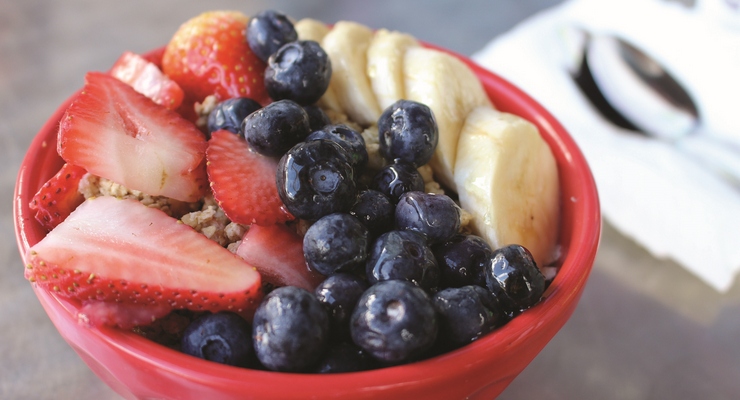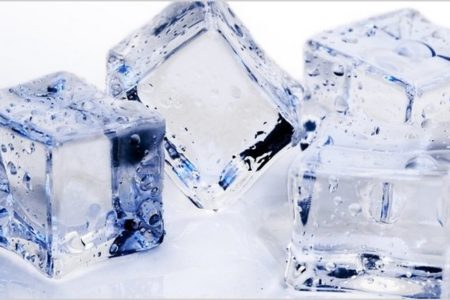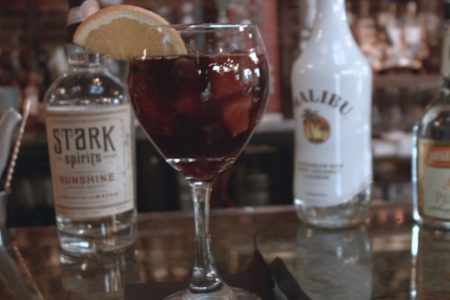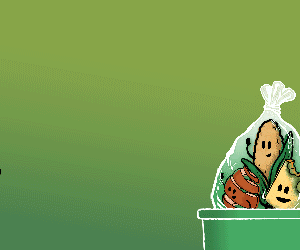
Photo courtesy of Getty Images
- Strawberries: Check the area at the top of the berry near the stem and leaves. A ripe strawberry is fully red; green or white near the top means the fruit is underripe.
- Watermelon: The “field spot,” or the area where the melon sat on the ground, should be yellow, and a tap on the rind should produce a hollow sound.
- Cherries: Flesh should appear dark with a crimson color and feel firm.
- Blueberries: Similar to cherries, color should deepen to dark blue. A reddish or pink color may be visible in unripe berries.
- Blackberries: Look for a smooth texture without any red appearance. Because blackberries don’t ripen after being picked, they tend to spoil quickly.
- Cantaloupe: You should detect a sweet smell, and the melon should feel heavy upon lifting.
- Peaches: A sweet, fragrant odor should be apparent. Skin should feel tender but not soft.
- Pineapple: Smell is again an important factor for pineapple – a sweet scent shows it’s ready, but a vinegary one likely means it’s overripe.
- Raspberries: Generally follow the same rules as blackberries. Best eaten within a couple days of purchase, a bright red color represents ripe berries.
- Bananas: A ripe banana features a peel lightly spotted without significant bruising. Your best bet may be to purchase bananas still slightly green and allow them to ripen at home.
















